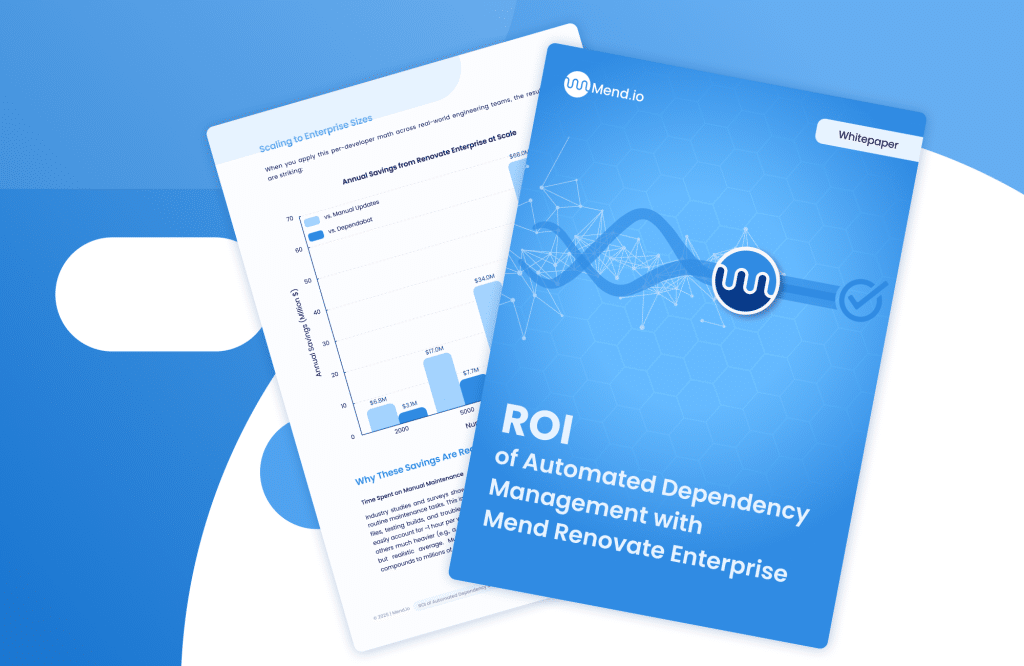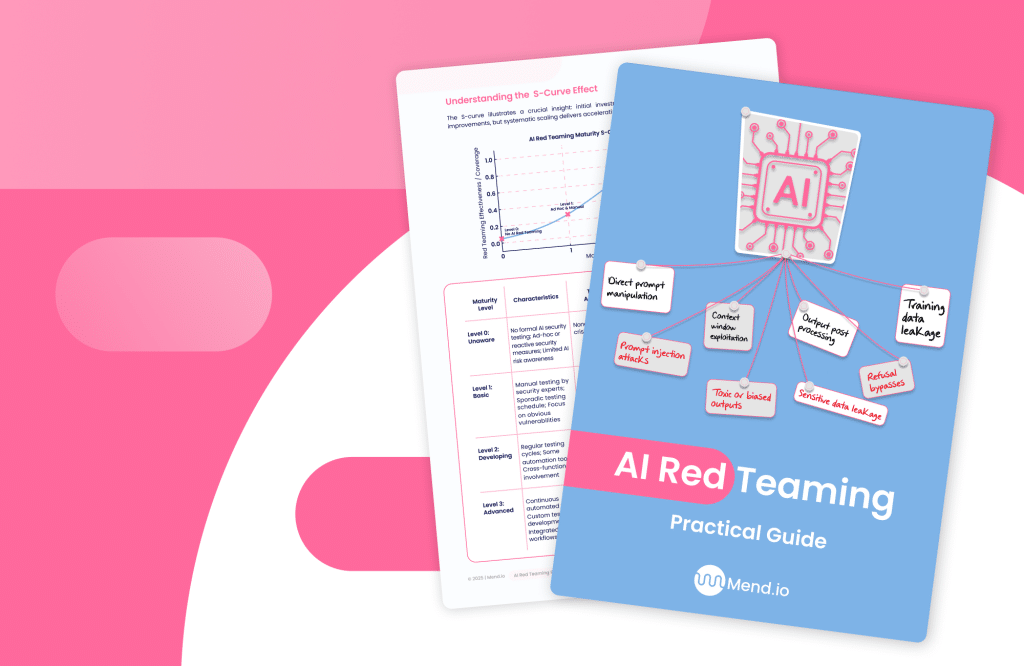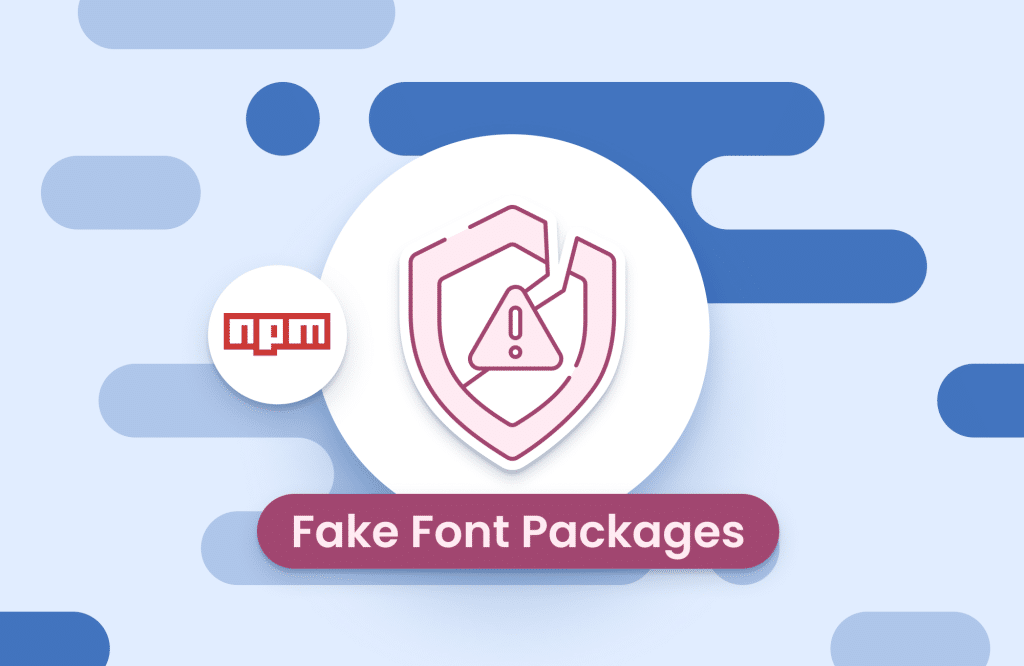Table of contents
What is the difference between an SCA scan and a container scan?

Modern software development relies heavily on open source components and containerized environments. Both speed up delivery but also expand the attack surface. Security teams often use different tools to identify vulnerabilities, and one recurring question is whether a software composition analysis (SCA) scan is the same as a container scan.
The short answer: they overlap, but they’re not identical. An SCA scan focuses on identifying and remediating vulnerabilities in open source dependencies. A container scan, while including SCA scanning as one part of its process, also looks deeper into the container’s configuration, secrets, and runtime behavior. Understanding how they differ helps teams choose the right approach for securing modern applications.
This article is part of a series of articles about Software Composition Analysis.
How an SCA scan works
An SCA scan is designed to map and assess all open source components within a project. It identifies the libraries, packages, and frameworks that make up your application, then checks them against vulnerability databases such as the NVD or CVE list.
This scan produces a complete inventory of your open source components—often called a dependency graph—showing where vulnerabilities exist and which versions are affected. SCA scans also evaluate other risk factors, such as outdated components or license compliance issues.
To strengthen this process, some teams use frameworks such as OWASP dependency check to detect known vulnerabilities automatically. A modern SCA solution expands on this by prioritizing issues by exploitability, offering contextual remediation guidance, and integrating directly into CI/CD pipelines to automate detection and fix cycles.
When configured for container images, an SCA scan performs this analysis at each layer of the container. It tracks which libraries belong to which layers, ensuring that vulnerabilities are identified even when dependencies are nested deep within images.
Why container scans include SCA
A container image is a package that bundles code, libraries, and dependencies along with the system tools and settings required to run an application. Much of this code is open source. Because of that, a comprehensive container scan includes an SCA scan as part of its process.
The goal of scanning containers is not only to identify vulnerabilities in the image but also to understand how they interact with configuration and deployment environments. Containers are designed for efficiency and reuse, but this can introduce risk when outdated dependencies persist in multiple images.
Without an SCA scan integrated into container scanning, teams might miss vulnerabilities buried several layers deep. Those weaknesses can be exploited before a patch is ever applied. Regular scanning ensures that reused base images and shared libraries stay secure across development and production environments.
For organizations building a case for stronger open source protection, these capabilities are part of what defines effective SCA security.
Beyond open source: The full scope of container scans
While SCA focuses on vulnerabilities in open source dependencies, container scans broaden the scope. They also look for other categories of risk that can compromise containerized environments.
1. Secrets detection
Secrets such as passwords, API keys, and tokens sometimes end up hard-coded in configuration files or embedded in images. A good container scan searches for these exposures automatically. Detecting them early prevents attackers from using leaked credentials to gain unauthorized access.
2. Misconfiguration analysis
Infrastructure as code (IaC) files define how containers are deployed and connected. Misconfigurations—such as excessive permissions or exposed ports—are among the most common causes of container breaches. Container scans analyze these definitions to ensure they align with security best practices.
3. Layer-specific analysis
Containers are composed of multiple layers, each of which may contain different components and dependencies. A container scan inspects each layer separately to identify vulnerabilities introduced at any point in the build process.
4. Compliance tracking
Legal and compliance teams often use results from container scans to verify licensing obligations and build SBOMs (software bills of materials). Understanding the relationship between SCA vs SBOM clarifies how these artifacts complement one another: SCA provides real-time security data, while SBOMs record component provenance for audits.
Together, these analyses give teams both a technical and governance view of their container security posture.
Running an SCA scan in practice
Whether targeting source repositories or container images, SCA scans can be run manually through a command line interface or automated through continuous integration systems. The general process looks like this:
- Identify the source or image to scan.
- The SCA tool collects component data, including versions and dependencies.
- Vulnerabilities are compared against public and proprietary databases.
- The tool prioritizes issues by severity and exploitability.
- Reports or dashboards summarize findings, and remediation guidance is provided.
SCA scanning is typically integrated into CI/CD pipelines to catch vulnerabilities early. Automated scans at build time prevent risky components from being promoted downstream, helping maintain clean releases and reducing rework later in the process.
Modern software composition analysis tools also provide options for continuous monitoring. This ensures that if a new vulnerability is discovered after release, it’s automatically flagged for review.
What runtime scanning adds
Some teams extend SCA scanning into the production phase, a practice known as runtime container scanning. This doesn’t mean watching running containers for active threats, but instead identifying which containers are currently deployed and assessing whether their images contain known vulnerabilities.
By integrating with platforms like Kubernetes, runtime scans can identify which images are live and prioritize remediation accordingly. A vulnerability in an inactive image may not pose immediate risk, while the same flaw in a running container could be exploitable right now.
Runtime container scans can also detect configuration drift—when the state of a running container no longer matches its defined configuration in IaC templates. Drift can occur due to manual changes or automation misfires, and it increases the risk of unnoticed vulnerabilities.
Choosing the right SCA solution
For organizations managing both traditional applications and containerized environments, not all SCA solutions offer the same depth. Some specialize in source-level analysis, while others extend their visibility into registries, pipelines, and orchestrators.
When comparing SCA solutions, consider the following factors:
- Coverage across multiple programming languages and ecosystems.
- Integration with build and deployment workflows.
- Support for scanning containers, registries, and infrastructure code.
- Ability to prioritize vulnerabilities by risk and exposure.
- Automation for remediation and policy enforcement.
An effective SCA scan should provide actionable insight without slowing developers down. The strongest tools combine broad coverage with developer-friendly integrations that deliver results directly in the workflow
Bringing it all together
SCA scans and container scans share similar foundations—they both detect vulnerabilities in open source components—but they operate at different levels of the application stack. An SCA scan focuses on the dependencies that make up your codebase, while container scans expand that view to include the full runtime environment.
For security teams, the best approach is not to choose between them but to integrate both. SCA scanning ensures open source components remain secure, while container scanning catches misconfigurations and exposures unique to containerized deployments. Together, they form a complete picture of software risk.
Organizations that adopt automated, continuous scanning within their DevOps pipelines gain faster feedback and stronger protection across every stage of development. Teams that invest in scalable software composition analysis tools build lasting resilience into their software supply chain












